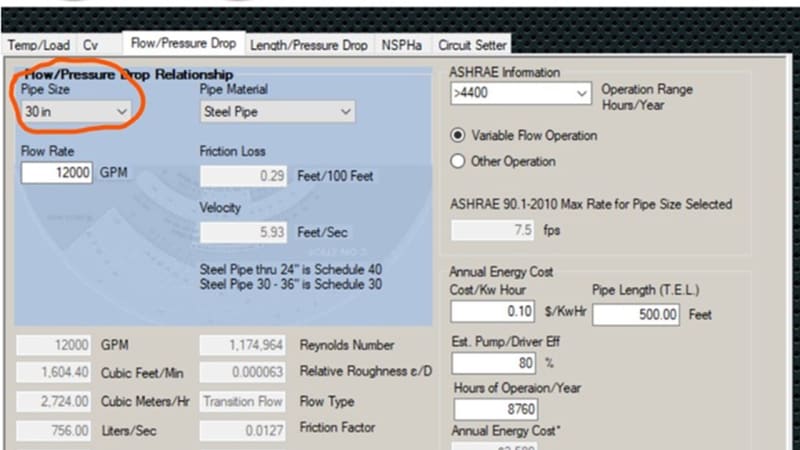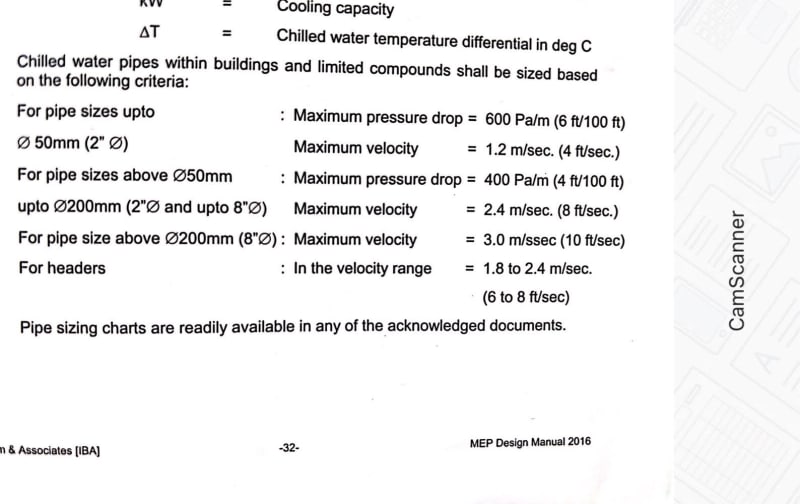The Bell and Gosset system sizing software indicates the pipe size as 30 inches after 24 inches. Why is there no chart for pipe sizes between 24 and 30 inches that is 28 inches (700 mm) size? Thank you

The problem with the world is that intelligent people are full of doubts, while stupid ones are full of confidence.
-Charles Bukowski-

The problem with the world is that intelligent people are full of doubts, while stupid ones are full of confidence.
-Charles Bukowski-

